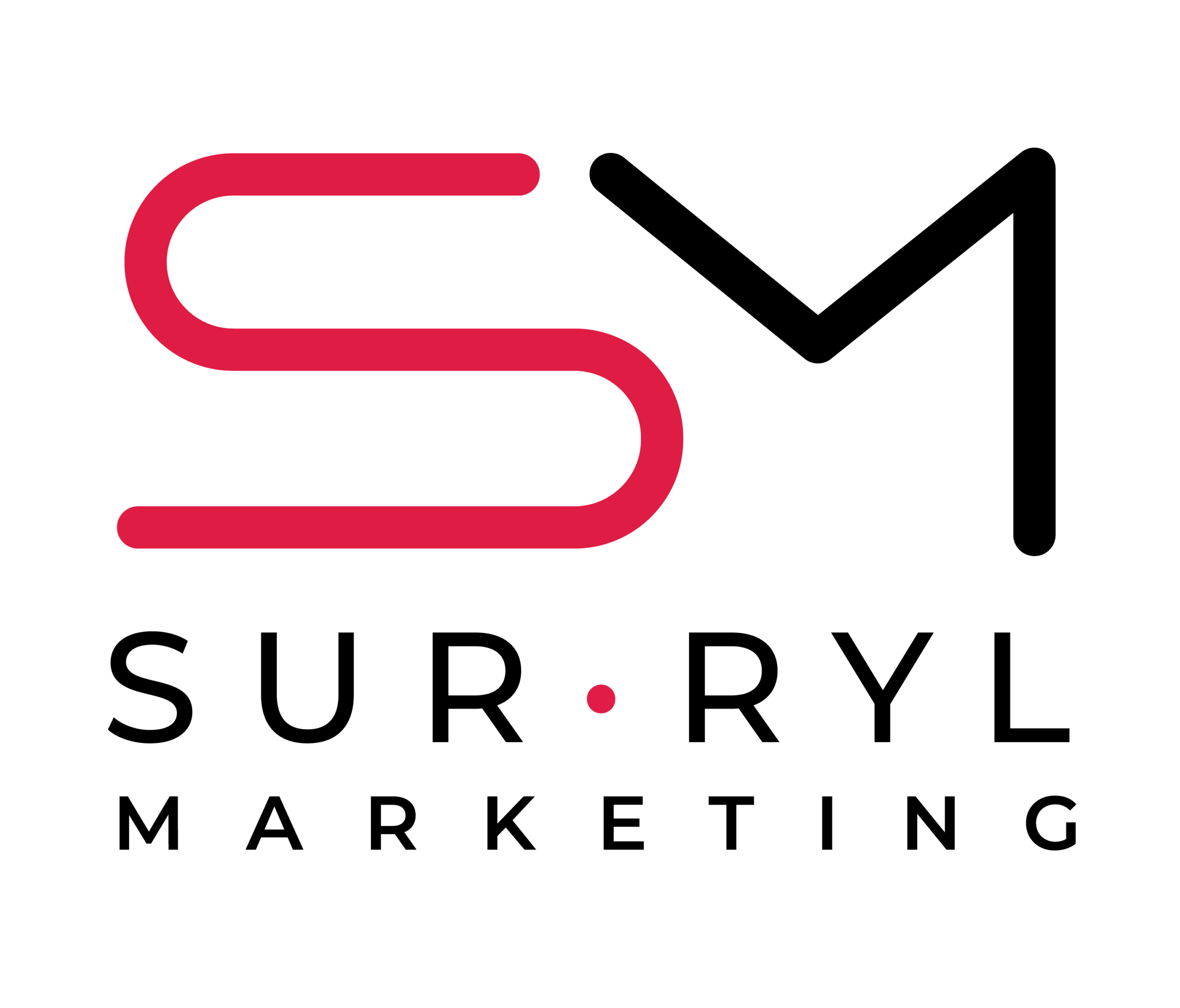
In our series of how one company scored big with a zero-budget marketing campaign, we’ve already explained how to get the ball rolling with word of mouth marketing. Now we will discuss how to create a newsletter that your clients and prospects will love to read. If you haven’t read the previous two posts in our series, please do so before continuing.
1. Personalize Your Newsletter
Consider creating a series of niche newsletters on very specific topics, rather than one general newsletter on everything related to your business. People are more likely to subscribe to a newsletter that is focused on their interests. Brainstorm theme ideas for your newsletter(s) and pick the one that fits best with your target audience(s).
Sound like a lot to bite off? Remember that you don’t have to launch them all concurrently. Start with one at a time and the next thing you know you’ll have several segmented newsletters that truly resonate with your audiences.
2. Limit Self-Promotion
Let’s face it. Most people don’t like being sold to. They will tolerate it from their favorite brands as long as it’s not in every single email. Even the most loyal customer becomes annoyed when all your emails are self-promotion. They will eventually stop clicking on them or unsubscribe. Limit your self-promotion if you want clients and prospects to love reading your newsletter. Not every email needs to go for a sale.
That’s one of the things we loved most about Elo’s newsletter – it was informational, interesting and didn’t require doing anything more than watching a funny video.
3. Write Compelling Email Subject Lines
Just as the title of an article determines whether or not a user clicks on it, your email subject line influences click rates. Generic or boring email subject lines won’t cut it when people receive too many emails to read each day. You must always write compelling email subject lines to get as many people to click as possible.
We get a lot of questions about whether or not subject lines should be sentence or title case, use all caps or have punctuation marks. The easy answer is, stick to your brand. Is your brand more professional or stoic? You might consider title case. Fun and exciting? A capitalized word or single exclamation point might actually get your readers’ attention.
While there’s no shortage of articles on “Email Subject Line Best Practices,” the best way to identify which of your subject lines is most compelling is to do split testing and see which subject line your audience resonates with most.
4. Tell Them What They’ll Get for Subscribing
Last, but not least, remember to tell people what they’ll get for subscribing. This means on your newsletter signup form, you must clearly state the benefits of choosing to subscribe to your newsletter. Tell them what type of content you will send them and how often. It’s important to inform people about what they’ll get for subscribing because it increases satisfaction with your newsletter and decreases unsubscribe rates.
Conclusion
The type of email that clients and prospects love reading the most is one that has an irresistible email subject line, shares information in line with their personalized interests, and falls in line with the predominant theme of the newsletter. Creating a newsletter that subscribers enjoy reading is simple when you remember the main purpose is to interact in a natural way while delivering valuable information.
Contact us for additional help crafting an engaging newsletter that your clients and prospects will love reading.
